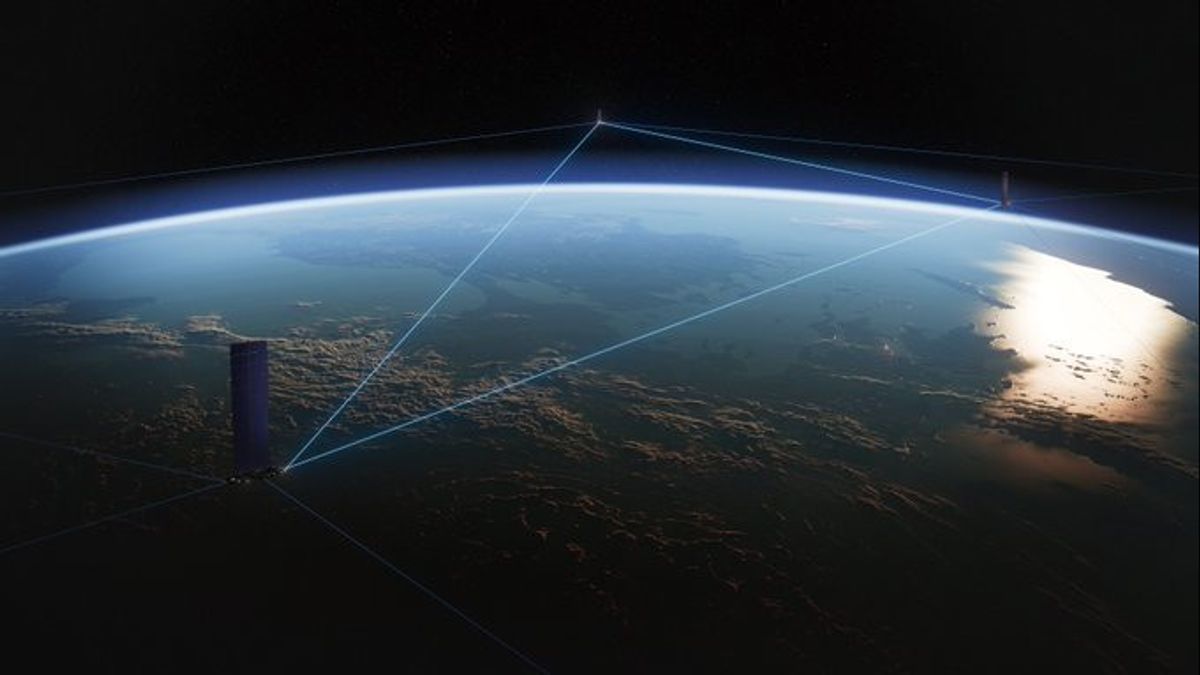JAKARTA - More than a million satellites can immediately fill low orbits around Earth. This is because various countries are vying to launch thousands of communication satellites, such as warnings from scientists.
That figure will be more than 115 times the number of satellites currently orbiting Earth, according to researchers at the University of British Columbia.
Congestion in low-Earth orbit can cause light pollution and even collisions between satellites, such as being warned by experts.
This problem stems from what is referred to as "mega-constellation" communication satellites (similar to Elon Musk's Starlink, but much larger with up to 300,000 satellites) providing internet services from space.
Scientists have warned previously that Elon Musk's Starlink satellite could cause someone's death in the coming decade.
Musk's Starlink has launched 4,500 Starlink satellites in the past five years, and now covers more than 50 percent of all active satellites orbiting Earth.
Jeff Bezos launched the first two satellites of his project "Project Kuiper" this year, sparking fears of a space race between the two billionaires.
The researchers wrote, "In July 2023, there were about 4,500 Starlink satellites and 630 OneWeb satellites already in orbit, but this is just the beginning."
Countries must submit applications for radio spectra to the International Telecommunication Union (ITU) before launching satellites, and the latest submission suggests that more than a million satellites could be launched in 300 "mega-constellations" immediately.
The researchers warned of a " dramatic increase" in the number of satellites, which could even jeopardize scientific missions in space.
The researchers wrote, "A much larger composition than SpaceX's Starlink has been proposed, including the constellation 337,320 satellites named Cinnamon-937 which were proposed in September 2021."
The Cinnamon 937 Constellation, submitted in Rwanda, is the largest ever proposed.
Andrew Falle, a researcher at the University of British Columbia's Outer Space Institute and lead author of the new study, said in an interview with Space.com, "If even a small fraction of this one million satellites are actually launched, national and international regulations will be needed to address related sustainability challenges, such as collisional risks, light pollution, and reentry risk."
VOIR éGALEMENT:
The researchers said that the organization apparently proposed the same constellation through several countries, and said that some proposed satellites might never be launched due to funding or technology issues.
This lack of clarity highlights regulatory issues in the sector, researchers say, and they hope that this year's World Communications Conference in November in Dubai will see more regulations surrounding the matter.
"By treating orbital space as an unlimited resource, humans create serious and long-term sustainability challenges against the use of low-Earth orbit (LEO), including science done from space and from the Earth's surface. The submission is a warning, and is also part of the solution," the researchers said.
In 2019, it introduced new regulations for the constellation of satellites meaning that the country should launch 10% of the constellation within two years of the first satellite, and a complete constellation within seven years.
Falle said, "This is an encouraging development, but the first satellite can be launched up to seven years after the initial submission", so it may take a decade before we know which constellations are realistic.
The English, Chinese, Japanese, Arabic, and French versions are automatically generated by the AI. So there may still be inaccuracies in translating, please always see Indonesian as our main language. (system supported by DigitalSiber.id)













